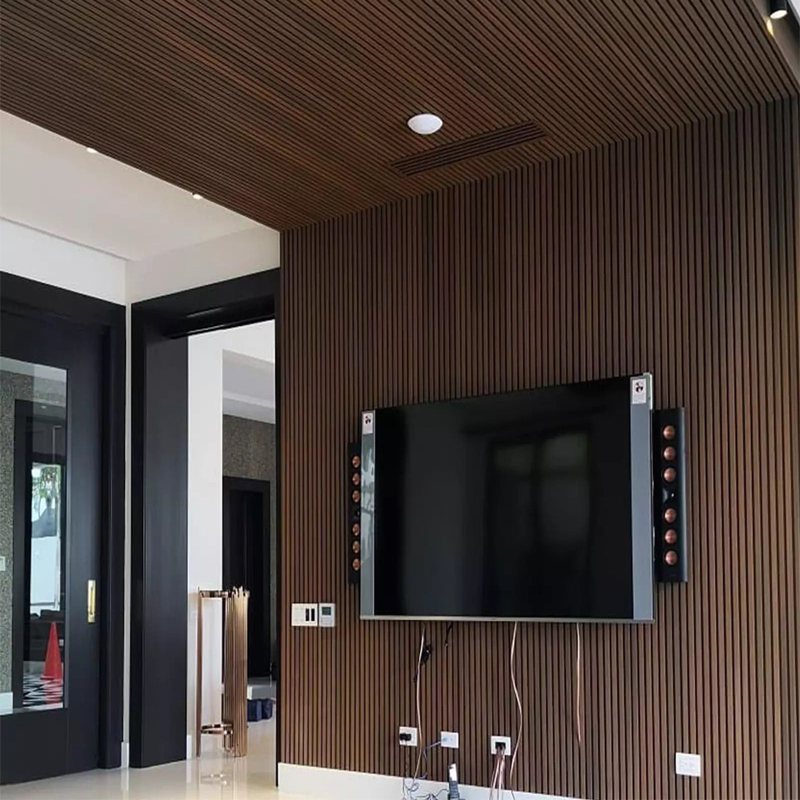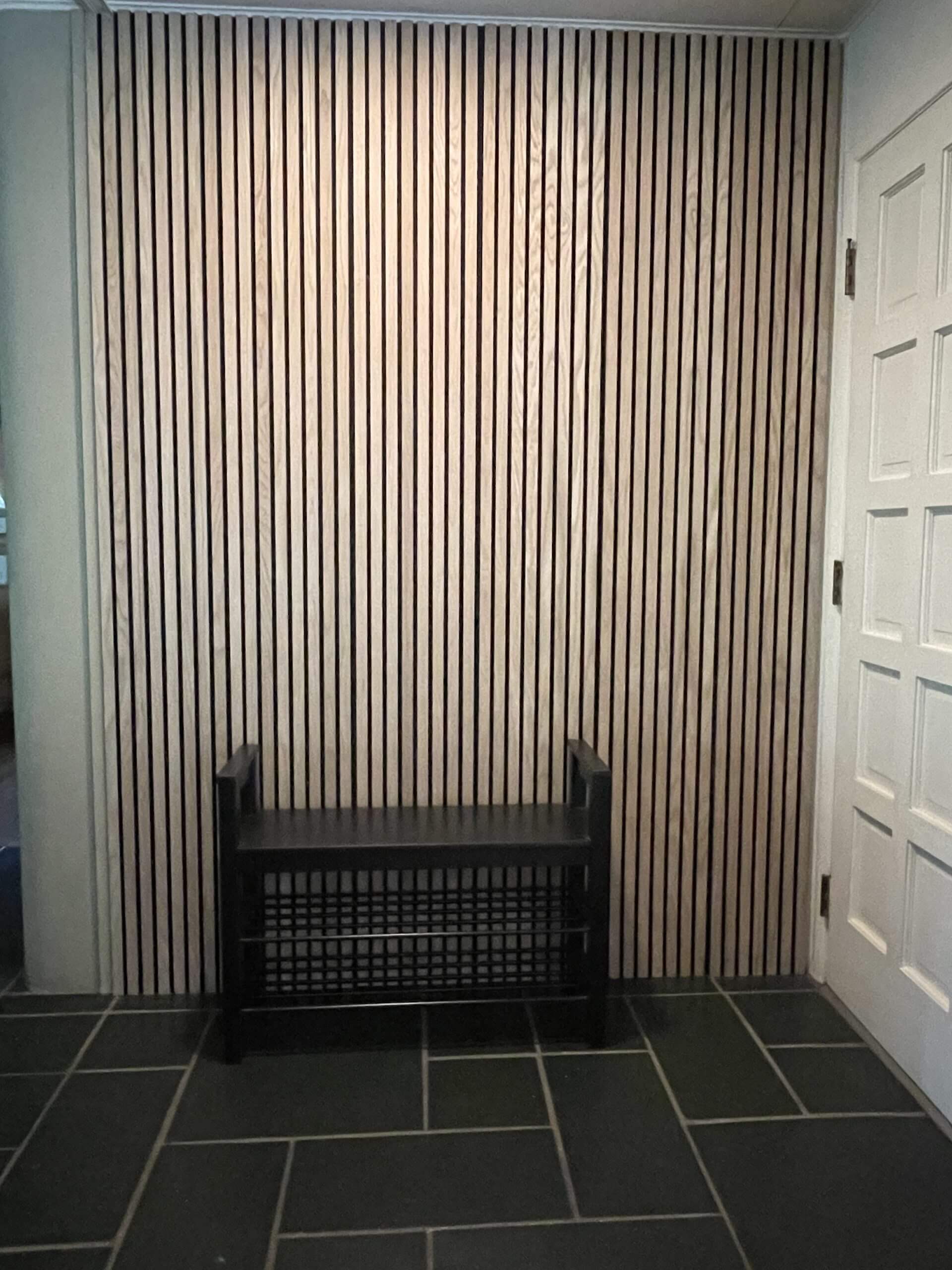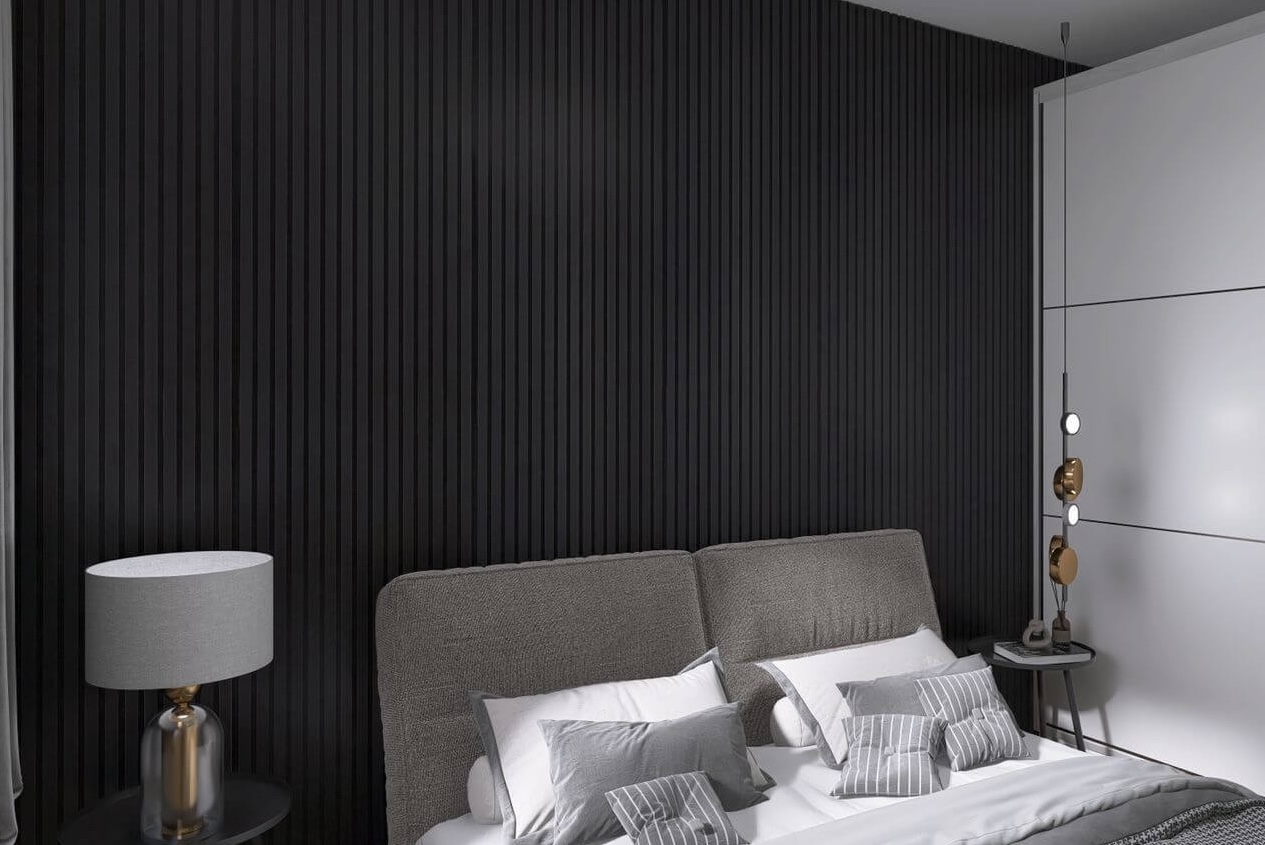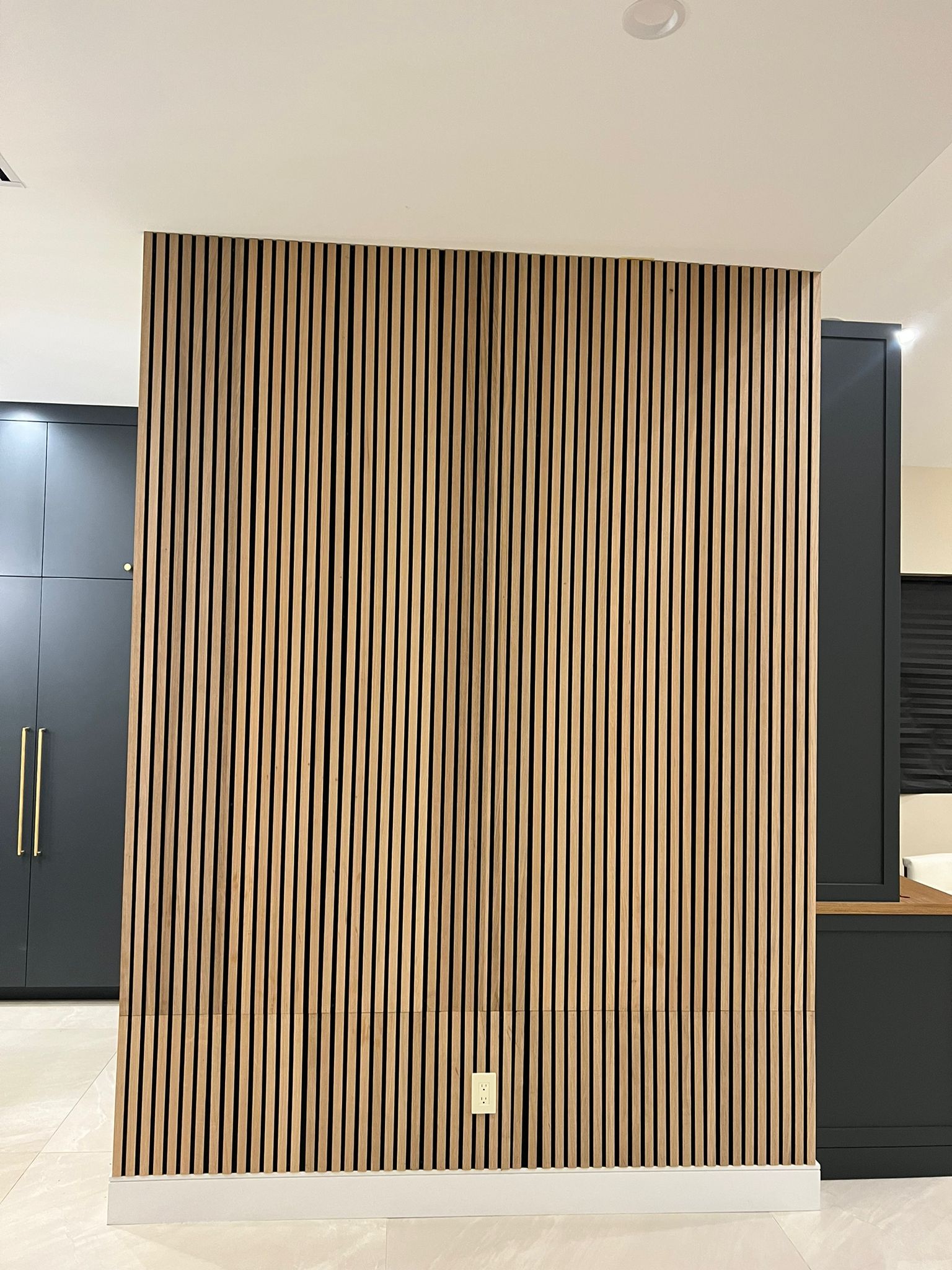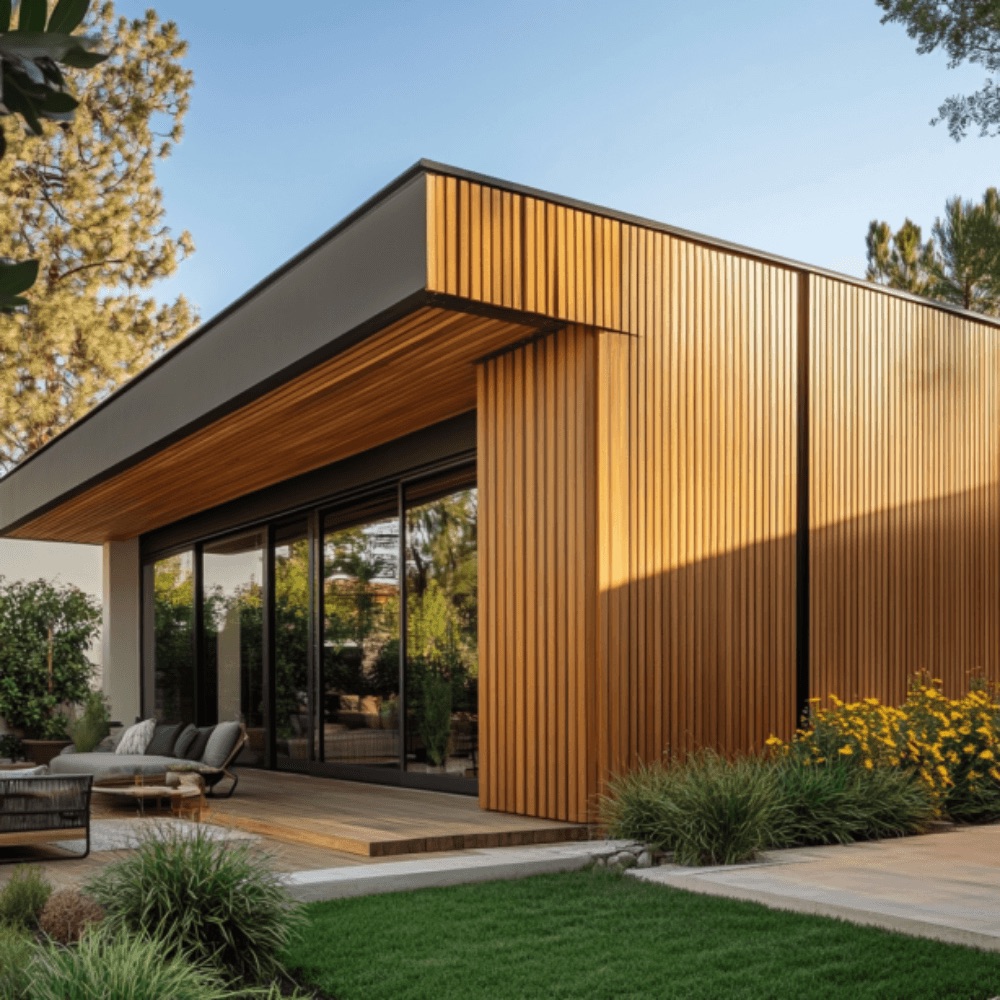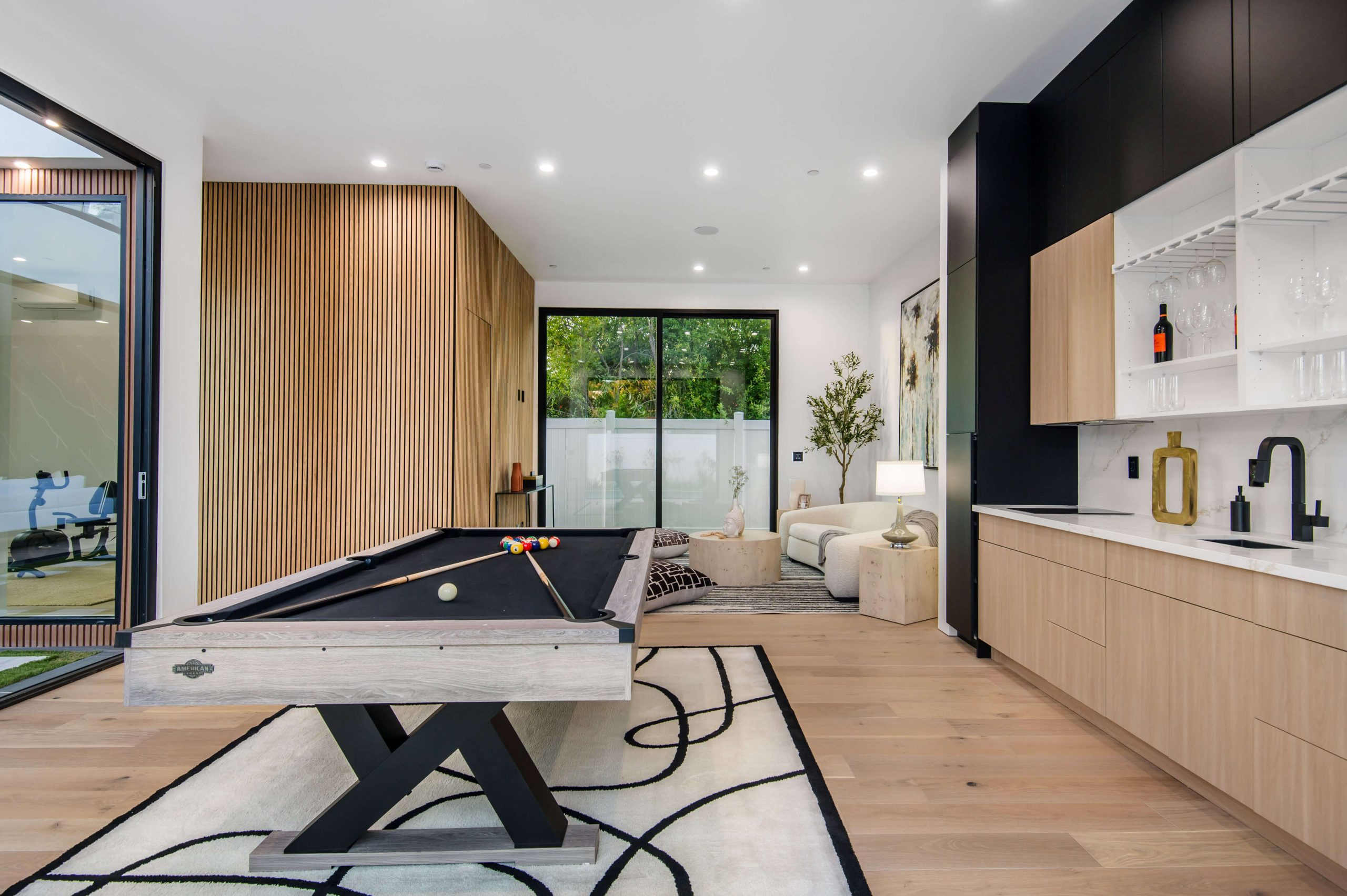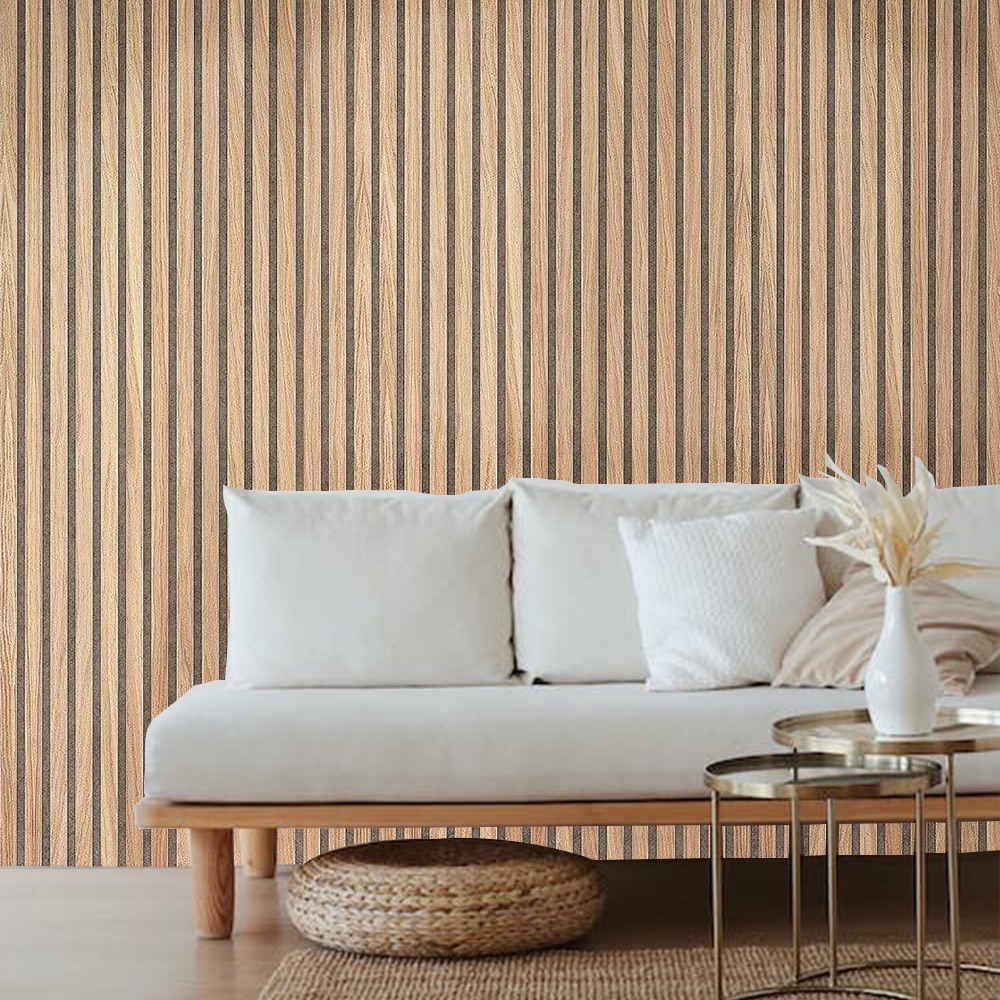In today’s home improvement market, finding cost-effective wall paneling solutions is essential for homeowners and professionals alike. Wall paneling has become a popular alternative to traditional drywall thanks to its versatility, aesthetic appeal, and functionality. In this blog, we will explore various wall paneling options that are not only affordable but also offer long-term benefits for different types of interiors. Whether you’re a DIY enthusiast or a professional contractor, this guide will provide valuable insights to help you choose the right wall paneling solution for your needs.
1. What Are Wall Paneling Solutions?
When we talk about wall paneling solutions, we’re referring to a broad category of products designed to cover and enhance wall surfaces. These panels are available in different materials, including wood, MDF (Medium Density Fiberboard), and composite options like WPC (Wood-Plastic Composite). Each type offers a unique combination of durability, style, and affordability. Whether you’re renovating a living room or improving the acoustics in a conference room, wall paneling solutions provide a versatile and cost-effective alternative to more traditional options like paint or wallpaper.
Key Features of Wall Paneling:
- Durability: Many panels, especially those made from natural wood, are built to last, ensuring a long-term investment.
- Aesthetic Variety: From rustic wood finishes to sleek modern designs, wall paneling can enhance any room.
- Easy Maintenance: Unlike drywall, wall paneling is relatively easy to clean and maintain.
- Sound Absorption: Certain panel materials, such as acoustic felt or MDF, provide superior soundproofing properties.
2. The Benefits of Using Wood Paneling
One of the most popular wall paneling solutions is wood paneling. Wood panels offer a timeless aesthetic, enhancing the warmth and elegance of any space. Some common types include oak, walnut, and MDF wood veneer panels, each catering to different styles and budgets. Additionally, wood paneling can be installed in both residential and commercial settings, making it a versatile option for various projects.
Advantages of Wood Paneling:
- Natural Aesthetic: Wood adds a natural element to interior designs, creating a warm and inviting atmosphere.
- Insulation: Wood provides natural insulation, keeping your spaces warm in the winter and cool in the summer.
- Sustainability: High-quality wood panels, such as those offered by Wood Panel Wall USA, are sourced from sustainable forests, ensuring environmental responsibility(Wood Panel Wall USA).
3. Affordable MDF and WPC Paneling Solutions
For those looking for more budget-friendly options, MDF (Medium Density Fiberboard) and WPC (Wood-Plastic Composite) panels are excellent alternatives. MDF panels, often finished with a wood veneer, offer the aesthetic appeal of natural wood at a fraction of the cost. WPC panels, on the other hand, are specifically designed for exterior use and are highly resistant to weathering.
Why Choose MDF or WPC Panels?
- Cost-Effective: MDF is an affordable material that still provides a premium look, while WPC is ideal for those who need durable outdoor solutions without breaking the bank.
- Low Maintenance: Both MDF and WPC require minimal upkeep, making them ideal for busy homeowners and professionals.
- Versatile Applications: MDF panels are often used indoors, while WPC panels are perfect for outdoor projects such as siding(Wood Panel Wall USA).
4. Comparing Wall Paneling to Drywall: Which Is More Affordable?
When choosing between wall paneling solutions and drywall, affordability is a crucial factor. While drywall may have lower upfront costs, wall paneling can offer better long-term value. Drywall requires frequent repairs and repainting, especially in high-traffic areas, while wall panels are more resistant to wear and tear. Additionally, the aesthetic appeal and easy installation of wall paneling make it a preferred choice for many homeowners.
Cost Comparison:
- Upfront Cost: Drywall is generally cheaper per square foot, but installation and finishing costs can quickly add up.
- Long-Term Value: Wall panels, especially durable wood or WPC options, often outlast drywall, reducing the need for replacement and repairs.
- Aesthetic Value: While drywall offers a blank canvas, wall panels provide immediate visual interest, which can increase property value.
5. Installation Process for Wall Paneling Solutions
Installing wall paneling is a straightforward process, making it accessible for DIYers and professionals alike. Most panels come in pre-cut sizes and can be easily applied to walls or ceilings with adhesive or screws. Whether you’re looking to install panels for their aesthetic appeal or functional benefits, following the correct installation steps will ensure the best results.
Step-by-Step Installation:
- Measure the Area: Always measure your walls before purchasing panels to ensure you buy the right amount of material.
- Prepare the Surface: Ensure the wall is clean and smooth to help the panels adhere properly.
- Apply Adhesive or Screws: Depending on the type of panel, use either an adhesive for a seamless look or screws for a more secure attachment.
- Install the Panels: Start from the top and work your way down, ensuring each panel is aligned properly.
6. Enhancing Your Space with Wall Paneling Solutions
One of the key benefits of wall paneling solutions is their ability to elevate the ambiance of a room. Whether you’re aiming for a rustic, modern, or elegant look, wall panels can transform a plain wall into a focal point of your space. For instance, wood panels add warmth and character, making them perfect for living rooms, while acoustic panels improve sound quality in offices and studios.
Tips for Enhancing Interiors with Panels:
- Accent Walls: Create a feature wall using decorative panels to draw attention to a specific area.
- Ceiling Panels: Extend your design upward by applying panels to the ceiling, adding depth to the room.
- Color Coordination: Choose panel colors that complement your furniture and décor for a cohesive look(Wood Panel Wall USA).
FAQs
1. Are wall paneling solutions suitable for outdoor use?
Yes, certain panels like WPC (Wood-Plastic Composite) are specifically designed for outdoor applications. These panels are weather-resistant and durable, making them ideal for siding and exterior projects.
2. How do I maintain wood wall panels?
Maintaining wood panels is easy. Regular dusting and occasional polishing with a wood-safe cleaner will keep them looking fresh for years.
3. Can I install wall panels by myself?
Yes, wall panels are DIY-friendly. Most panels are designed for easy installation, especially if they come with adhesive backing.
4. Which is more affordable, drywall or wall paneling?
While drywall may have a lower initial cost, wall paneling solutions offer better long-term value, as they are more durable and require less maintenance.
5. Do wall panels help with soundproofing?
Yes, certain panels, such as acoustic felt and MDF, are excellent for soundproofing, making them a great choice for home theaters or office spaces.
In conclusion, wall paneling solutions offer a variety of benefits for homeowners and professionals, from aesthetic appeal to long-lasting durability. Whether you’re working with natural wood, MDF, or WPC panels, these solutions provide a cost-effective way to enhance your space while saving on maintenance and installation costs in the long run. Explore different paneling options to find the best fit for your next project, and enjoy the benefits of this versatile, stylish, and functional solution.

